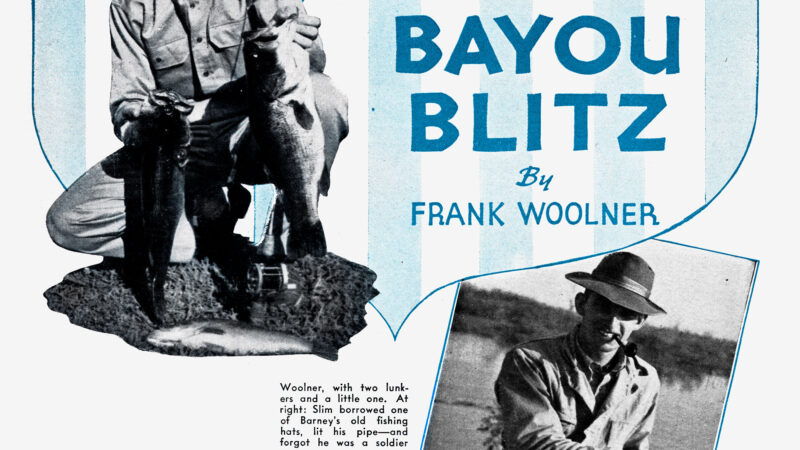.308 vs 5.56: A Full Breakdown of These Two Popular Cartridges
We may earn revenue from the products available on this page and participate in affiliate programs. Learn More ›
Considering .308 vs 5.56 is something many shooters do. The two cartridges have similar roots and were designed for the same purpose, but their differences require a closer look when we are deciding which is best for a given application.
Mostly because the pair of iconic cartridges share two noteworthy similarities that tie them together. The .308 Win. (or its military equivalent the 7.62×51) and 5.56 NATO were both designed as combat rifle cartridges and have been used by multiple branches of the military for decades. Second, both of these cartridges paved the way in the early development of their respective AR platforms that are amongst the most popular rifle configurations today.
If you’re digging into comparisons of these two cartridges, it’s likely because you’re trying to decide between an AR-10 in .308 vs an AR-15 in 5.56. Put simply, the .308 Win. excels at engaging long-range targets and gives shooters a much greater variety of bullet weight options, while the 5.56 NATO is often chambered in platforms that are easier to maneuver, produce less recoil, and are more practical at close ranges. Let’s get into the details.
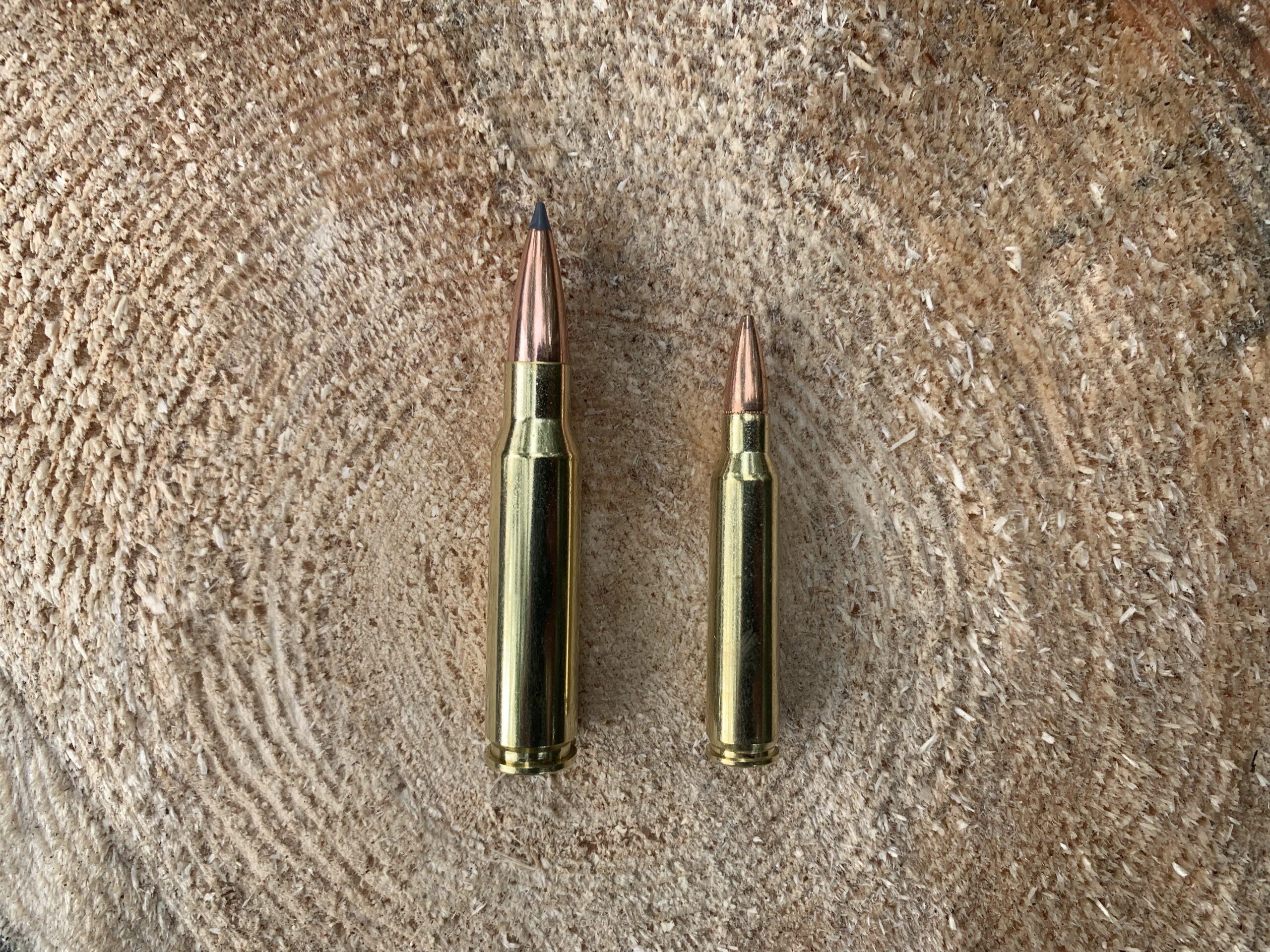
.308 Winchester Specs
- Bullet Diameter: .308 inches
- Case Length: 2.015 inches
- Overall Length: 2.8 inches
- Parent Case: .30/06 Springfield
5.56 NATO Specs
- Bullet Diameter: .224 inches
- Case Length: 1.76 inches
- Overall Length: 2.26 inches
- Parent Case: .223 Remington/.222 Remington
History
Both the .308 and 5.56 NATO were developed as infantry rifle cartridges with a similar goal: to maintain effectiveness while reducing weight and size, which would allow a soldier to carry more ammunition.
.308 Winchester
The M1 Garand, chambered in .30/06 Springfield, served the US Armed Forces with distinction through World War II and Korean War. The 7.62×51 NATO cartridge, derived from shortening the .30/06 case, was developed and officially adopted as a NATO cartridge in 1954, offering similar ballistics to the beloved Garand cartridge, but in a short action cartridge. Simultaneously, Winchester launched the .308 WCF cartridge in 1952, a nearly identical cartridge to the 7.62×51 NATO with two slight differences and the intent for civilian sporting use.
The .308 Win. differentiates itself from the 7.62×51 NATO by shooting ammunition loaded to a higher pressure. SAAMI approved max pressure for the .308 Win is 62,000 PSI, while NATO EPVAT approved max pressure for the 7.62×51 NATO is listed at 60,000 PSI. The wall thickness of .308 Win. brass is slightly thinner than the 7.62×51 NATO, which allows a little extra case capacity.
Since its inception, the .308 Win. has risen through the ranks as one of the most popular cartridges of all time, pleasing gun enthusiasts from all genres of the shooting sports. The .308 Win. also has been adopted into a wide array of rifle configurations from bolt-action to the popular AR-10s.
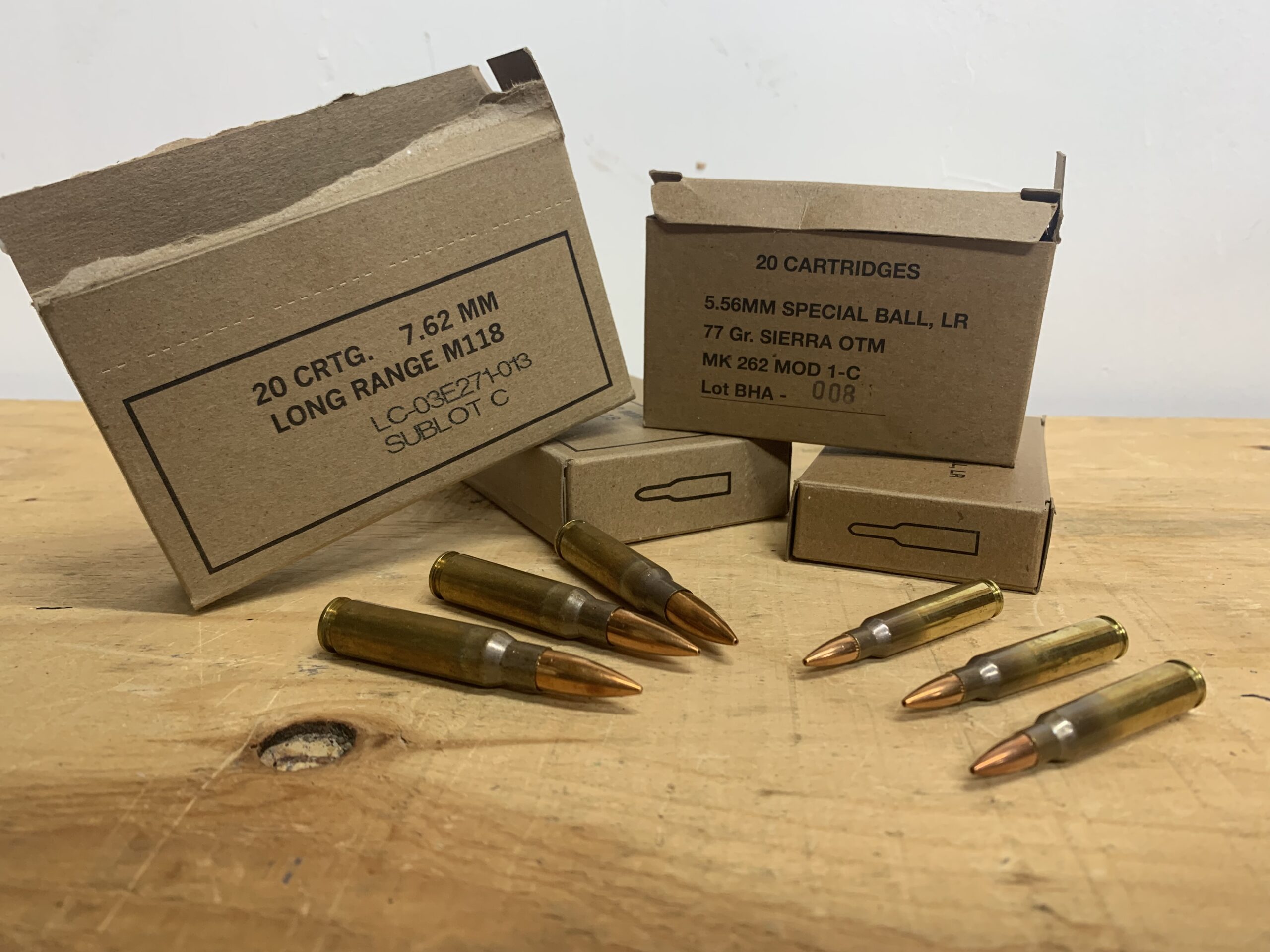
.308 Winchester Pros
- Powerful for its size
- Lots of hunting and practice ammo available
- Great for big game
- Very versatile
.308 Winchester Cons
- More recoil than 5.56
- AR-10 rifles aren’t as handy as AR-15 rifles
5.56 NATO
The story of the 5.56 NATO cartridge is similar. It was derived from the development of the .223 Remington. Or as the military referred to it as, the 5.56×45 — based on the .222 Reminton. The U.S. Military adopted the 5.56×45 cartridge, along with Armalite’s M16 rifle in 1963, laying the groundwork for the most popular sporting rifle design of our time, the AR-15. Remington launched the .223 Rem. to civilians the following year.
However, it was not until 1977 that NATO accepted the 5.56×45 cartridge with slight variations. NATO bumped the chamber pressure in the 5.56 NATO to 61,000 PSI while the SAAMI approved chamber pressure for the .223 Rem. remained at 55,000 PSI. Physical cartridge dimensions for the 223 Rem. and 5.56 NATO are nearly identical, but standard 5.56 NATO chambers have .025-inch longer freebore distance. In light of this, everyone agrees there’s no issue shooting .223 Rem. ammo in rifles chambered for 5.56 NATO. Shooters are, however, cautioned against using 5.56 NATO ammo in a .223 chamber because the higher starting pressure and shorter freebore can potentially cause higher pressure spikes depending on the actual chamber dimensions, bullet, and charge weight.
OL staffer Tyler Freel has found that this traditional perspective is generally bunk. “If you’re trying a new 5.56mm NATO load in your .223 chamber, check for pressure signs, sure, but in a modern rifle, you’re not likely to encounter any issues,” Freel writes. “I’ve fired a tremendous amount of military M855 ball and other 5.56mm NATO through regular old .223 chambers without so much as a flattened primer—including in this test.”
The 5.56 NATO cartridge has proven its worth as a nimble and capable cartridge fit for lightweight rifle platforms.
5.56mm Pros
- Small and nimble rifles
- Very accurate
- Low recoil
- Lots of ammo options
5.56mm Cons
- Not powerful enough to be an ideal big-game round
- Lighter bullets have a lot of wind drift
Ballistics
If we want to pit .308 vs 5.56, we have to consider the ballistics of each. When doing that, we will see that there are some ways that they are very close in performance — or can be depending on the load chosen. Ultimately, in deciding which is the better option, we have to determine which metrics matter most for us.
Below are two factory loads with bullets of relatively similar construction that could be used for hunting. The 73-grain ELD-M listed for the 5.56mm is a match load, but the bullet design isn’t a whole lot different than the hunting-focused ELD-X. The ELD-M has a relatively thinner jacket and lacks an interlock ring. On appropriate-sized game like deer and coyotes, it’s deadly.
.308 Win. Hornady 178-grain Precision Hunter
| Distance (yards) | Velocity (fps) | Energy | Trajectory (inches) | Wind Drift (inches) 10mph @ 90 degrees |
| 0 | 2600 | 2671 | -1.5 | 0 |
| 100 | 2443 | 2443 | 2.2 | .70 |
| 200 | 2291 | 2291 | 0 | 2.88 |
| 300 | 2145 | 2145 | -8.8 | 6.75 |
| 400 | 2004 | 2004 | -25.2 | 12.50 |
| 500 | 1868 | 1868 | -50.2 | 20.40 |
.223 Rem. Hornady 73-grain ELD-Match
| Distance (yards) | Velocity (fps) | Energy | Trajectory (inches) | Wind Drift (inches) 10mph @ 90 degrees |
| 0 | 2790 | 1262 | -1.5 | 0 |
| 100 | 2653 | 1065 | 1.9 | .85 |
| 200 | 2348 | 894 | 0 | 3.6 |
| 300 | 2143 | 744 | -8.2 | 8.6 |
| 400 | 1949 | 616 | -24 | 16.2 |
| 500 | 1766 | 505 | -49 | 26.8 |
Energy
We can see that the biggest disparity between these two loads is kinetic energy of the projectiles. The .308 is the clear winner because it launches a heavier bullet at the same speeds. Though this is a factor to consider, kinetic energy does not translate directly to killing power.
Velocity
Because the .308 has a heavier, higher-BC bullet, it hangs onto it’s velocity better downrange. Though it starts out slower, it catches up to the lighter 5.56mm bullet between 400 and 500 yards. Impact velocities is one of the most important things for you to consider when looking at hunting ammo. You want enough velocity to make the bullet function properly and inflict a decisive wound cavity. Every bullet has it’s own ratings, but it’s not a bad idea to keep velocities at or above 2,000 fps for most game. In this metric, both of these loads top out at about 400 yards of effective velocity.They are very similar.
Wind Drift
A successful shooting scenario demands that you hit what you’re aiming at, and wind drift is a huge factor. Wind drift will vary wildly for both cartridges depending on the bullet you select, but generally, the .308 has the edge. With the most efficient bullets, though, the 5.56 can hang in there. In this case, the 5.56mm only drifts 3.7 inches farther at 400 yards — the maximum effective velocity range we determined above.
Recoil
Where the 5.56 NATO really shines over the .308 Win. is in terms of felt recoil. But this doesn’t come as any surprise given the drastic difference in bullet weights and powder charges between the two cartridges. Felt recoil when firing a 5.56 NATO is more like a slight push than a sharp jab, with recoil averaging between 5 and 6 foot-pounds. This allows shooters to spot impacts as well as quickly re-engage their intended target.
In contrast, the .308 Win. on average produces around 20 ft-lbs. of recoil, nearly tripling that of the 5.56 NATO. Still, even with 20 ft-lbs. of recoil, the .308 Win. is a mild recoiling cartridge when compared to other .30 caliber cartridges. The use of a muzzle brake or suppressor will drastically dampen the felt recoil of the .308 Win. to very manageable levels.
Accuracy
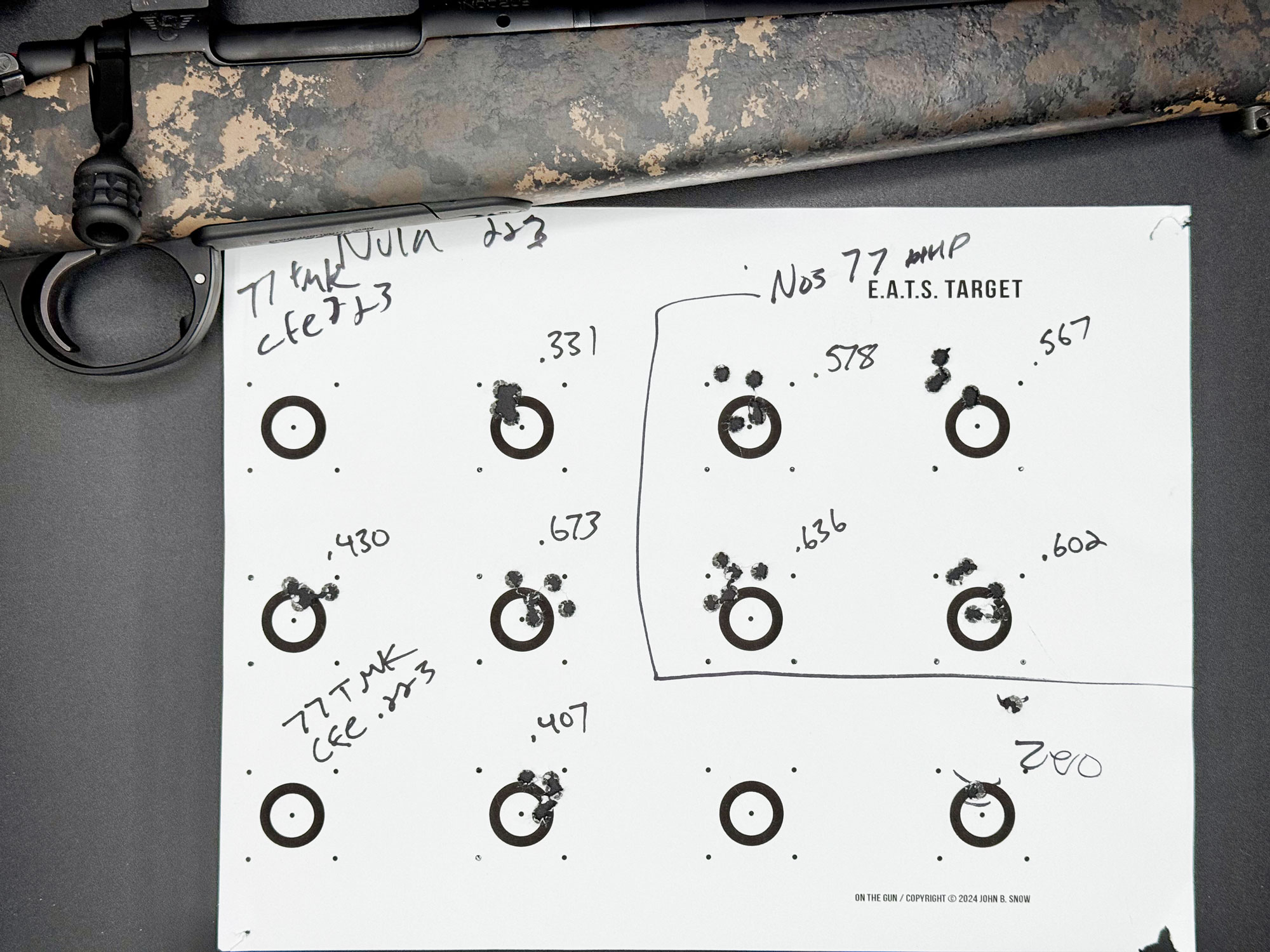
Both the .308 and 5.56 NATO/.223 Rem. cartridges have great accuracy potential, and both will generally shoot well in factory rifles. In recent testing, Freel has found that for factory ammo through factory rifles, the 5.56 Nato and .223 are generally more accurate than the .308. With a variety of rifles and ammunition, Freel has recorded 258 5-shot groups that averaged 1.923 inches for .308 and 573 5-shot groups that averaged 1.206 inches for .223.
READ NEXT: Best .308 Rifles
Good varmint ammunition is accurate and effective beyond 300 yards, and modern match bullets have made it deadly accurate to 600 yards and beyond. In fact, it’s been decades since the .223 and 5.56 NATO toppled the .308 as the king of service rifle competition. At 600 yards and beyond, most shooters use slippery 80- and 90-grain VLD-type bullets, but even magazine-length Barnes 85-grain OTM ammunition is a solid option.
Terminal Performance
The .308 Win. and 5.56 NATO were designed for the same purpose, but the .308 offers much better big-game performance. Due to its lighter bullets, the 5.56 NATO cartridge is ideal for taking down varmints and deer-sized game. Coyote hunters especially gravitate to the 5.56 NATO in an AR-15 for its ability to rapidly send accurate shots down range without excessive fur damage. It is also common for the 5.56 NATO to be used in the whitetail woods where shots are close and hunters are conscious of felt recoil. In fact, shooting editor John B. Snow even picked it as one of the best deer hunting cartridges.
Since its introduction in the early ’50s, the .308 has built a solid reputation as an extremely capable hunting cartridge for everything from thin-skinned pronghorn on up to massive bull elk and even moose. At modest ranges, the .308 is an effective and smart cartridge choice for just about any game in North America and abroad.

Ammunition Availability and Selection
The availability and selection of both the .308 Win. and 5.56 NATO ammunition is greater than just about any other cartridge on the market. Even through the ammo shortage the past few years, ammunition for both of these cartridges has been relatively easy to obtain. With the recent uptick in the ammunition on the shelves at our local gun shops, the amount and variety of .308 Win. and 5.56 NATO ammunition continues to increase.
READ NEXT: Best .308 Hunting Ammo
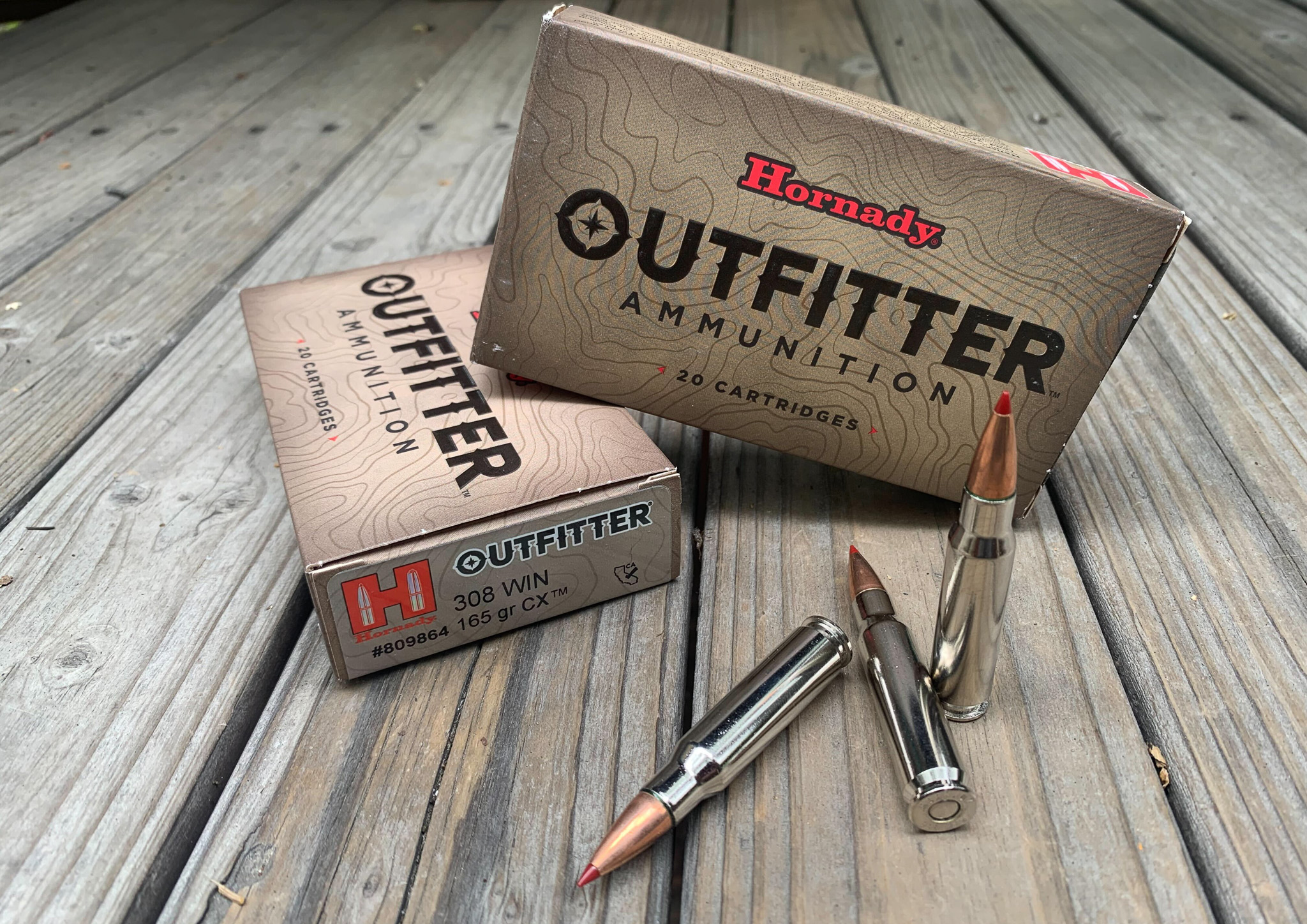
Common factory .308 Win. hunting ammunition can be purchased with bullet weights ranging anywhere from 110-grains to 185-grains. Several heavier bullet options are available, but they are meant primarily for target shooting. Popular ammunition for the 5.56 NATO feature bullet weights ranging from 50- to- 70-grains. With both cartridges appealing to a wide range of shooting enthusiasts, the variety of bullet weight and configurations available is impressive.
READ NEXT: Best 5.56 Ammo
The cost for a box of .308 Win. ammunition varies drastically between $25 and $70 per box with the average price hovering between $35 and $40. This is another category where the .556 NATO gains an advantage as ammunition cost is typically much cheaper. The average cost of a box of 5.56 NATO ammunition runs between $15 and $20. Another thing to keep in mind is that it is not uncommon to purchase 5.56 NATO ammunition in bulk. Not only does this give you more ammunition but it also typically drives down the average cost per shell. There are some instances where you can buy bulk .308 Win. ammunition, but those opportunities are not nearly as numerous as with 5.56 NATO ammunition.
AR-10 vs AR-15
The AR-15, chambered in 5.56 NATO or .223 Rem. is the most popular sporting rifle design today. What many don’t realize is that the AR-10 originally chambered in 7.62×51 was developed first. While not part of the cartridge comparison, understanding the differences between the AR-10 and AR-15 is a critical component to understanding the pros and cons of both the 5.56 NATO and .308 Win.
Without diving into the nitty gritty of the two platforms, the AR-10, commonly chambered in .308 Win., is notoriously heavy. This spurred the development of the 5.56×45 cartridge and the AR-15/M16 rifles, to make a military-grade weapon that was much lighter and nimble for close range combat. Both cartridges have diligently served multiple branches of the military and offer two very different advantages. The AR-10 (.308 Win.) offers long-range precision at the cost of additional weight while the AR-15 (5.56 NATO) offers a lightweight alternative with substantially less recoil but has a shorter effective range than the AR-10.
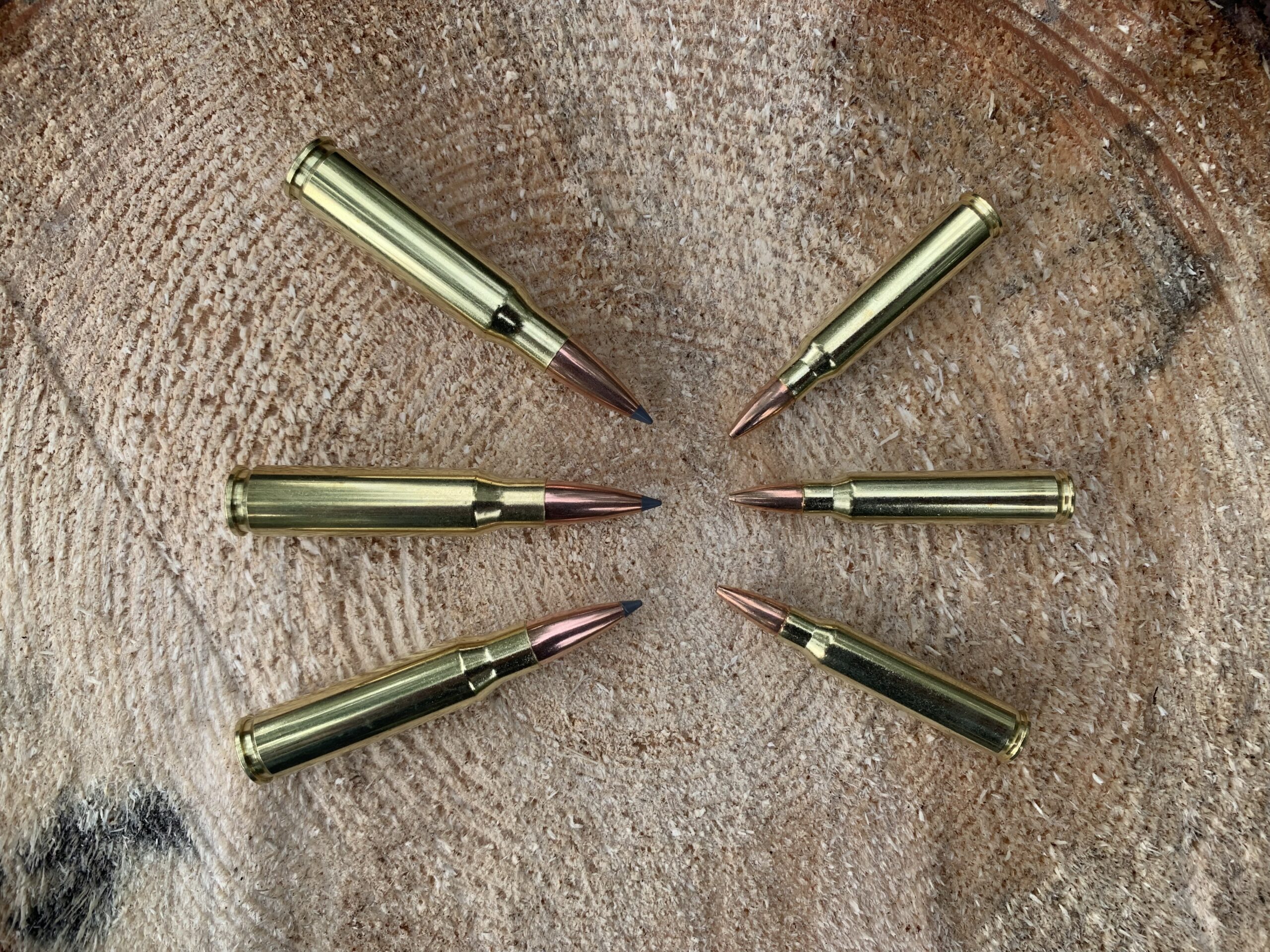
.308 vs 5.56 Q&A
This depends on the type of target shooting you want do do, but in many cases 5.56 has an advantage. If you’re shooting targets at ranges of 600 yards and under, 5.56 is just as accurate, cheaper, and more shooter-friendly. If you want to focus at ranges beyond 600 yards, go with the .308 or one of the other best long range calibers.
If you’re looking for cheap ammo, go with the 5.56.
That all depends on bullet selection, but usually at closer ranges, the .308 has more drop.
Usually, 5.56mm NATO will be better for home defense because rifles will be more nimble and the bullets won’t be as prone to over penetrate.
Yes, externally they are the same, and chamber pressures are very close. The two are interchangeable.
Final Thoughts on .308 vs 5.56
Both cartridges come with a bag of pros and cons. The .308 Win. is one of the most popular hunting cartridges in history with the ability to deliver adequate knock-down power to take most animals in North America. Ammunition is also readily available in a wide range of bullet weights and configurations but is nearly twice the price of 5.56 NATO ammunition. If you intend to primarily shoot at the range or use a rifle for home defense, the 5.56 NATO would be a more suitable option due to the cheaper ammunition, lack of recoil, and ability to easily maneuver with the rifle.
Picking the .308 vs 5.55 hinges on a shooter’s intended use for their rifle. If you are hunting big game with it, there is no doubt in my mind the .308 Win. is the way to go. However, if you are looking for a fun gun to plink with at the range, hunt predators with, and use for home-defense, you will have a hard time beating the 5.56 NATO.
The post .308 vs 5.56: A Full Breakdown of These Two Popular Cartridges appeared first on Outdoor Life.




